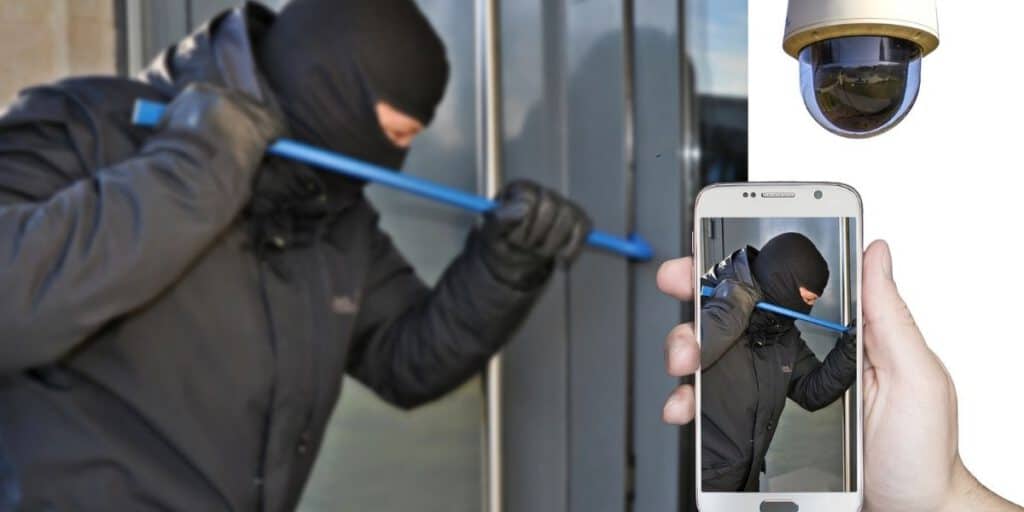Home Invasion Survival | Essential Tips and Strategies
No one knows for sure how many home invasion robberies take place in the United States every year, but it is estimated to be in the tens of thousands. Home invasions are frightening and often lead to victims being tied up or kept hostage for hours on end.
However, whether or not you are the target of a home invasion, there are things that can be done to help ensure your safety and protect your property.
Don’t become a victim of a home invasion. Protect yourself and your family by following these simple Home Invasion Survival Tips:

A good security perimeter starts with the 4 D’s
- Deter
- Detect
- Deny
- Defend
Number one is deter
If you’re like most people, you would rather not deal with criminals when they come calling. But there are some basic things you can do to make your home invasion less traumatic and more survivable. The first step is to deter.
To deter home invasion, take some basic safety precautions: Make it look like someone is home, Make your life seem unpredictable, and Give the illusion of robust security.
TIP #1: Make it look like someone is home
Making it look like someone is home is one of the best things you can do to deter a home invasion. If criminals think there is someone inside, they are less likely to try to break in. There are a few things you can do to make it look like someone is home even when you’re not.
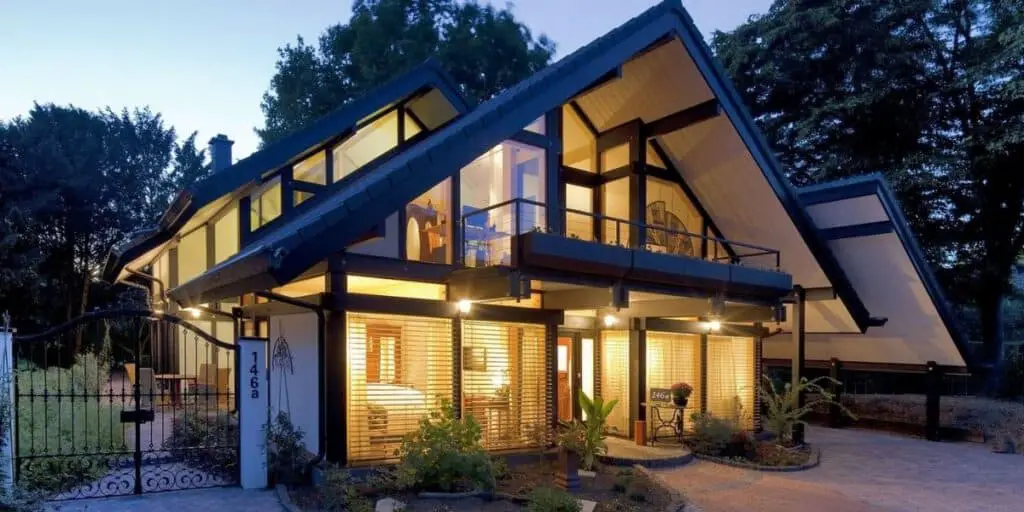
Leave a light on in the house so that it looks like someone is moving around inside. You can also set up timers for lights to go on and off at different times throughout the day. If you have an alarm system, make sure it is turned on and visible from the outside of the house. Another good idea is to leave a radio or television on so that it sounds like there are people inside.
TIP #2: Make your life seem unpredictable
Adding elements of unpredictability to your home can be a way to deter burglars or other bad actors. The idea is that burglars are more likely to target homes where they can predict the patterns of life within.
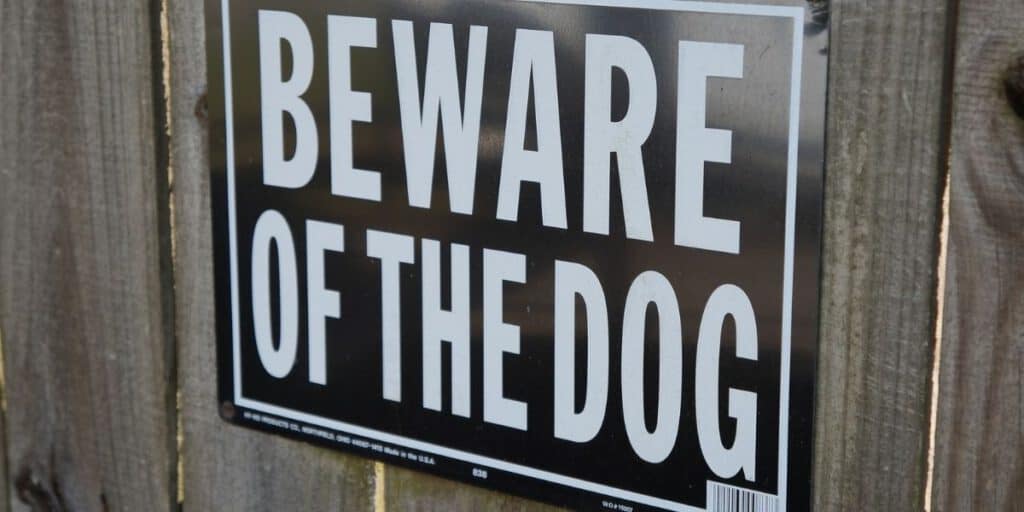
Adding unexpected elements, such as kids’ toys in the front yard or pretending to have dogs through the use of Beware of dog stickers or signs, can make a home appear more unpredictable and therefore less appealing as a target. However, it is important to note that this approach it is not a foolproof method for preventing burglaries and should be used in conjunction with other security measures.
TIP #3: Give the illusion of robust security
Having the illusion of robust security can be another way to deter burglars or other bad actors from targeting your home. This can be achieved through the use of visible security measures, such as alarm stickers on your windows or a security sign in your front yard.
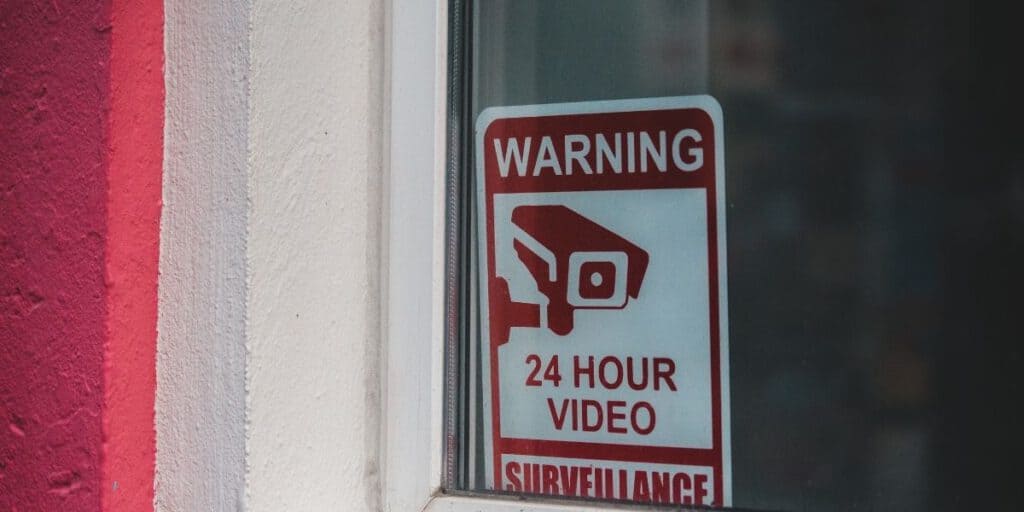
These types of measures can create the perception that your home is well protected, which may make burglars less likely to attempt to break in. It’s worth noting, however, that while these measures can be effective at deterring some burglars, they may not be enough on their own to fully protect your home.
It is important to also have actual security measures in place, such as locks and an alarm system, in order to adequately protect your home.
Number two is to detect
Detection of intruders is one of the most important factors to survival when it comes to a home invasion. There are a number of ways to detect the bad guys, but the most common is through security systems. If you have any security system, make sure that you place cameras in areas for the highest quality images.
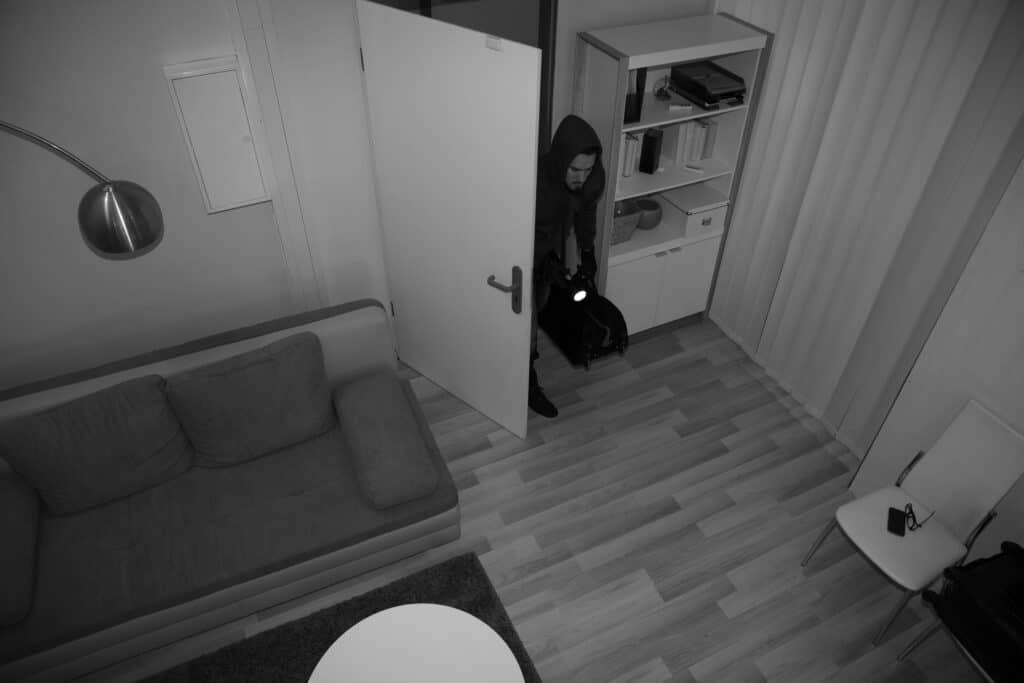
One of the best ways to detect potential home invaders is by talking to your neighbors. Talk to your neighbors and get to know them.
TIP #1: Get a security system
Security systems can be an effective way to protect your home. These systems often include features such as cameras and alarms that can detect and identify burglars, as well as alert authorities.

TIP #2: Place cameras in areas for the highest-quality images
It’s important to be mindful of where you place these cameras, as the quality of the imagery they capture can be affected by factors such as lighting and the angle of the camera. To get the best identification quality, it’s important to place cameras in a location that provides a clear view of the area you want to monitor.
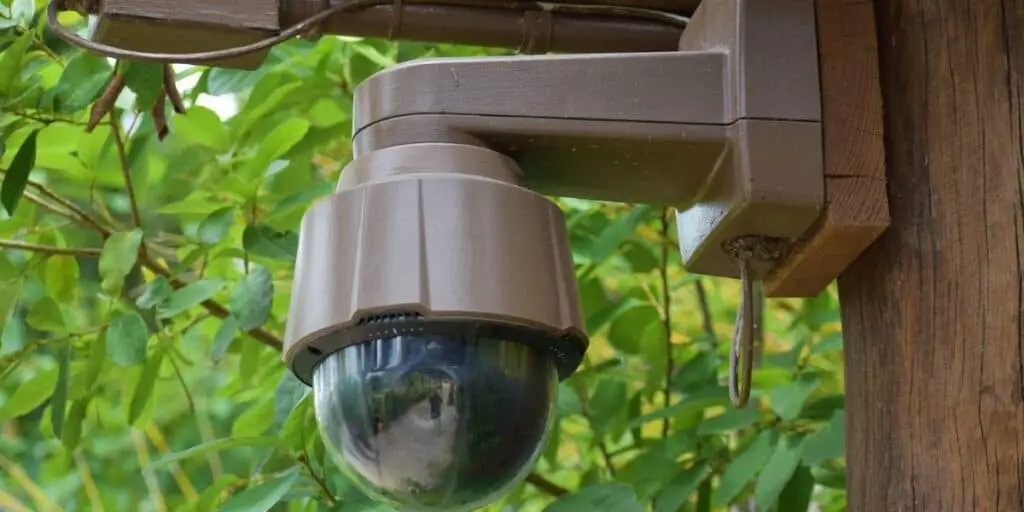
First, choose locations for your cameras that will offer a clear view of the areas you want to monitor.
Second, make sure the cameras are placed high enough that they won’t be easily obstructed by objects or people.
And finally, consider using infrared cameras for low-light situations or places where regular light sources may be disrupted. By following these tips, you can be sure that your security system is capturing high-quality images that will help keep your home safe.
TIP #3: Talk to your neighbors

When it comes to home invasions, the best defense is a good offense. Be proactive and get to know your neighbors. By working together, you can make your neighborhood a safer place and be better prepared to defend your home if an intruder does strike.
Here are some tips for getting to know your neighbors:
Introduce yourself: Take some time to walk around your neighborhood and introduce yourself to your neighbors. Get to know their names, faces, and schedules.
Keep an eye out: Pay attention to who is coming and going in your neighborhood. If you see anything suspicious, don’t hesitate to call the police or alert your neighbors.
Communicate: Exchange contact information with your neighbors so you can easily stay in touch. This way, you can quickly share any important information or warnings.
Number three is to deny
Home invasions can be frightening and dangerous situations, and it’s important to take steps to protect your home and family. One of the key strategies for preventing a home invasion is to “deny” access to potential burglars by securing entry points and making it more difficult for them to gain access to your home. Here are some tips for denying access to your home:
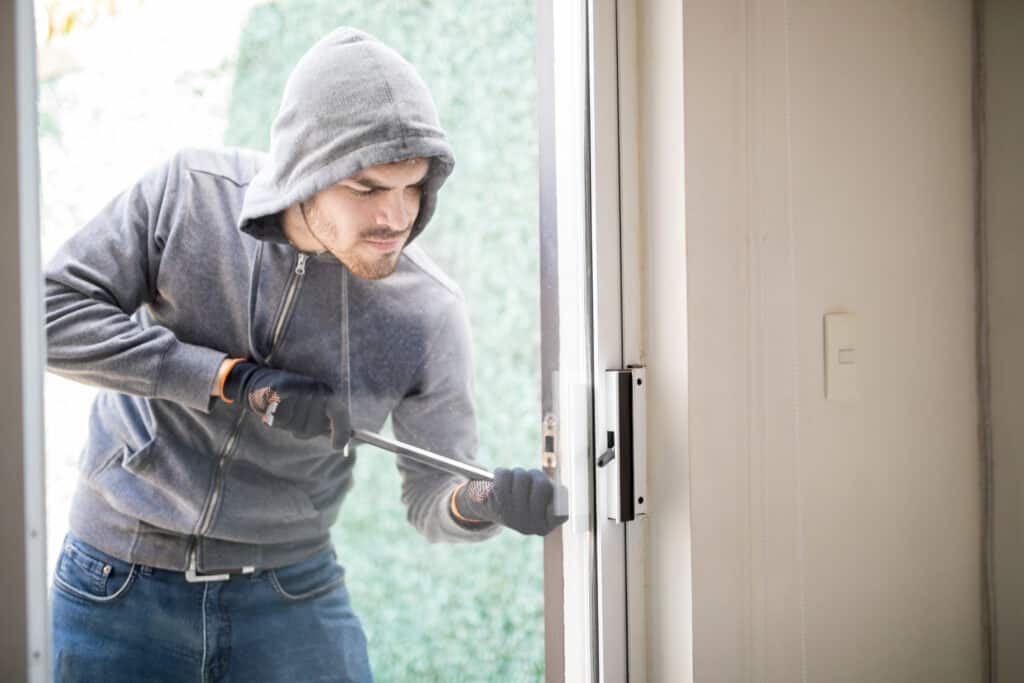
TIP #1: Lock the garage pedestrian door
Your garage pedestrian door is an often-overlooked entry point for burglars. Make sure this door is always locked, even when you’re home.
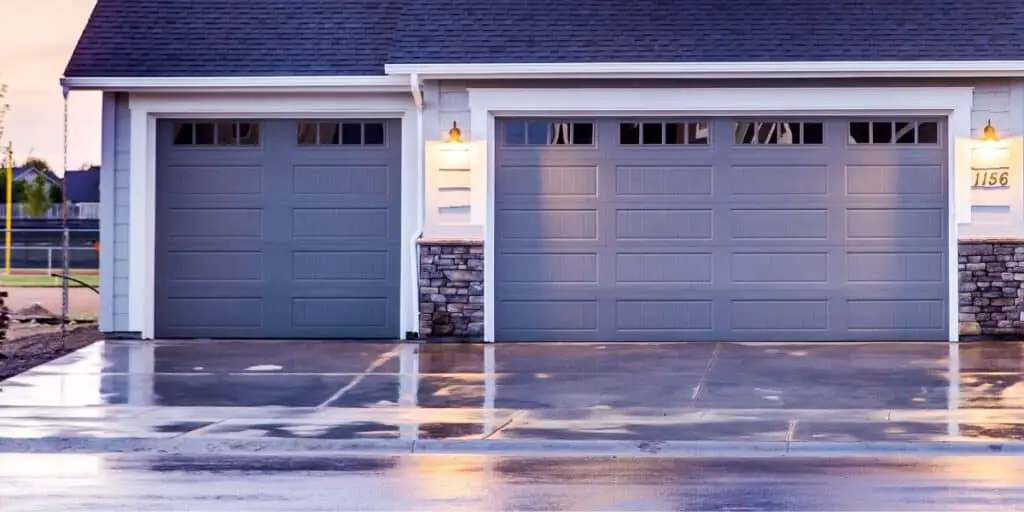
TIP #2: Cut off the garage door release handle
The garage door release handle is a convenient feature, but it can also be a weak point for burglars. Consider cutting off the release handle or disabling it to make it harder for burglars to gain access to your garage.
TIP #3: Zip tie garage door handle into a bundle
Another option for securing your garage door handle is to zip-tie it into a bundle. This can make it more difficult for burglars to open the door and gain access to your garage.
TIP #4: Get a solid core or aluminum door
Your front door is a key entry point for burglars, so it’s important to make sure it is secure. Consider replacing your front door with a solid core or aluminum door, which is more resistant to being kicked in or forced open.
TIP #5: Replace all door screws with three-and-a-half-inch wood screws
Burglars can often pry open doors by removing the screws that hold the hinges in place. Consider replacing all of the screws on your doors with three-and-a-half-inch wood screws, which are longer and more resistant to being removed.
TIP #6: Add three-and-a-half-inch wood screws on the locking side into a door frame
In addition to replacing the screws on your door hinges, you can also add three-and-a-half-inch wood screws on the locking side of your door into the door frame. This can help to reinforce the door and make it more difficult for burglars to force it open.
TIP #7: Install protective window film
Windows is another common entry point for burglars. Consider installing protective window film, which can help to strengthen the glass and make it more difficult to break.
Number four is to defend
While denying access to your home is an important step in preventing a home invasion, it’s also important to have a plan in place for what to do if one does occur. Here are some tips for defending yourself and your family during a home invasion:

TIP #1: A good defend start with a plan
Before a home invasion occurs, it’s important to have a plan in place for how to respond. Make sure everyone in your household knows what to do in the event of a home invasion, including how to get to a safe place and how to call for help.
TIP #2: Have meeting place inside and outside the house
Designate a safe place inside and outside of your home where everyone can meet in the event of a home invasion. This could be a room with a lockable door or a spot outside where you can easily escape.
TIP #3: Plan your route to the meeting point
Practice the route to your meeting place so that everyone in your household knows how to get there quickly and safely.
TIP #4: Communication
Communication is key during a home invasion. Make sure everyone knows how to call for help and has access to a phone or other means of communication.
TIP #5: Prepare a tactical nightstand
Consider preparing a tactical nightstand with items that could be useful in the event of a home invasion, such as a flashlight, whistle, or self-defense weapon.
TIP #6: If you are in a fight, fight for your life
If you are confronted by an intruder during a home invasion, don’t be afraid to fight back. Use whatever means you have at your disposal, such as household objects or self-defense techniques, to protect yourself and your family.

TIP #7: Increased distance, increases survivability
If possible, try to create distance between yourself and the intruder. The more space you have between you, the more time you have to react, and the better your chances of survival.
Emerson’s tips are a great place to start and can help keep you and your loved ones safe in the event of an invasion. Make sure to watch his video to learn more, and share it with your friends and family.
Conclusion
In conclusion, by following these simple tips, you can increase your chances of survival during a home invasion. Always be aware of your surroundings, have a plan, and be prepared to take action.
Remember, the most important thing is to stay calm and think clearly. If you are able to do that, you stand a much better chance of getting through this traumatic experience alive.
